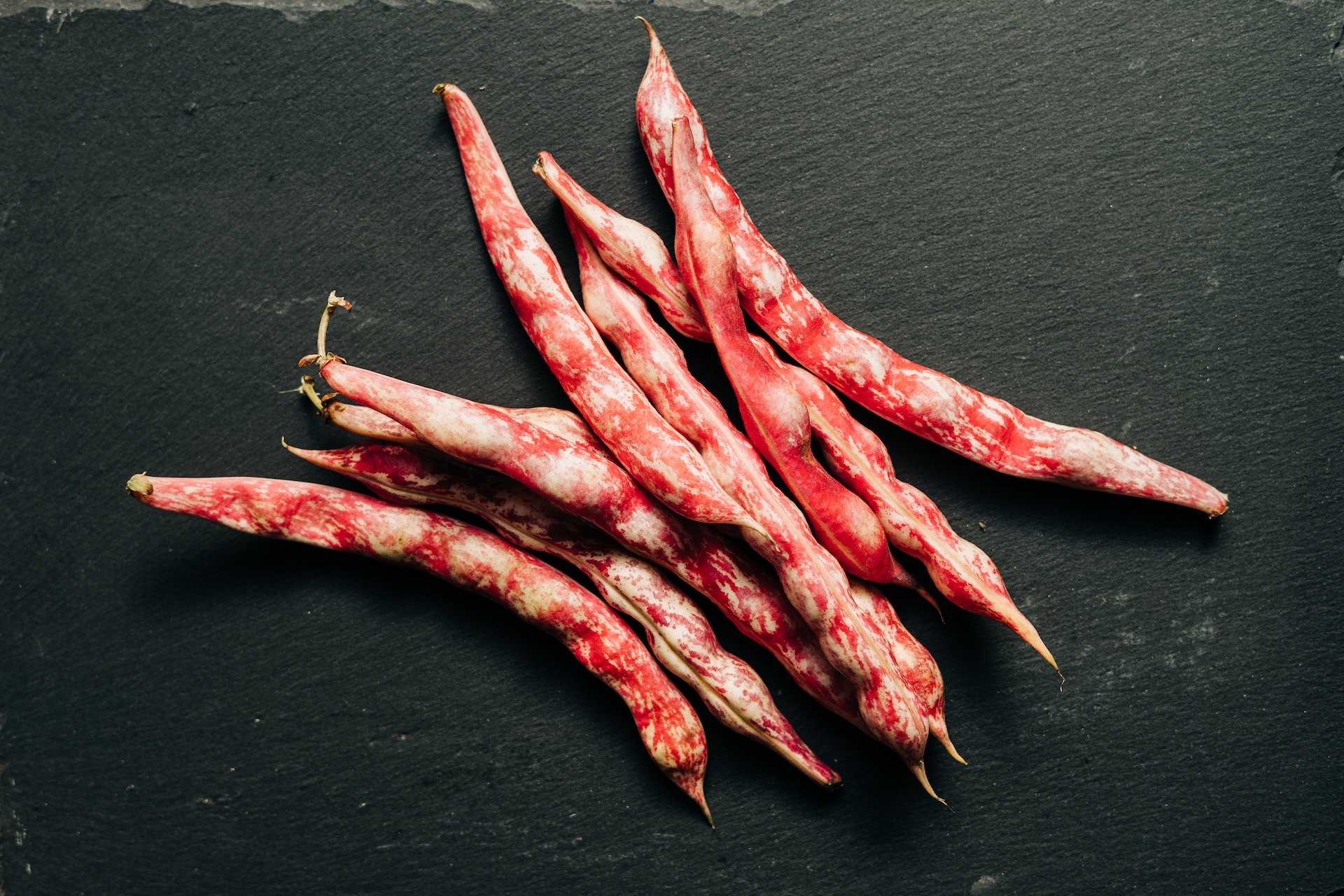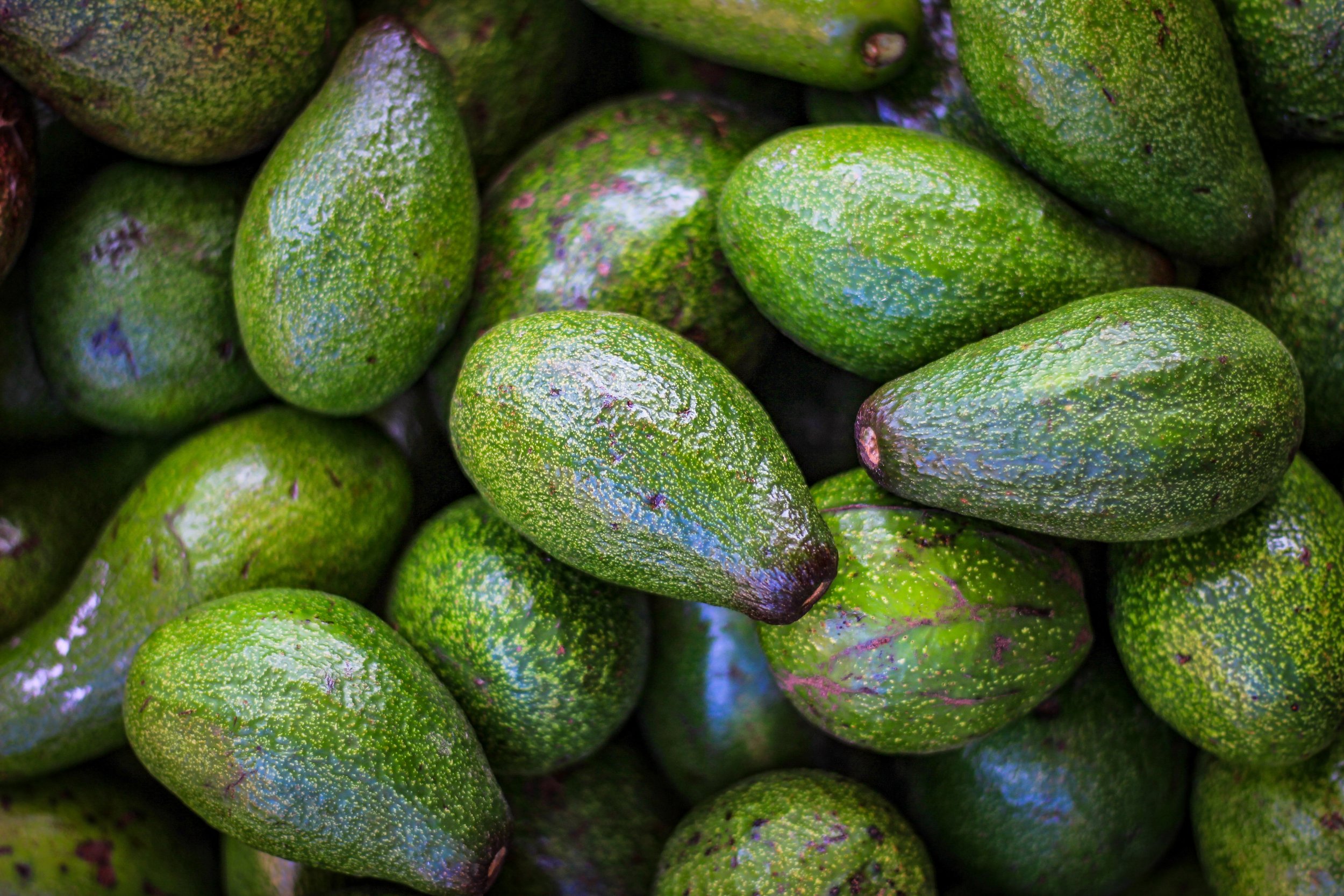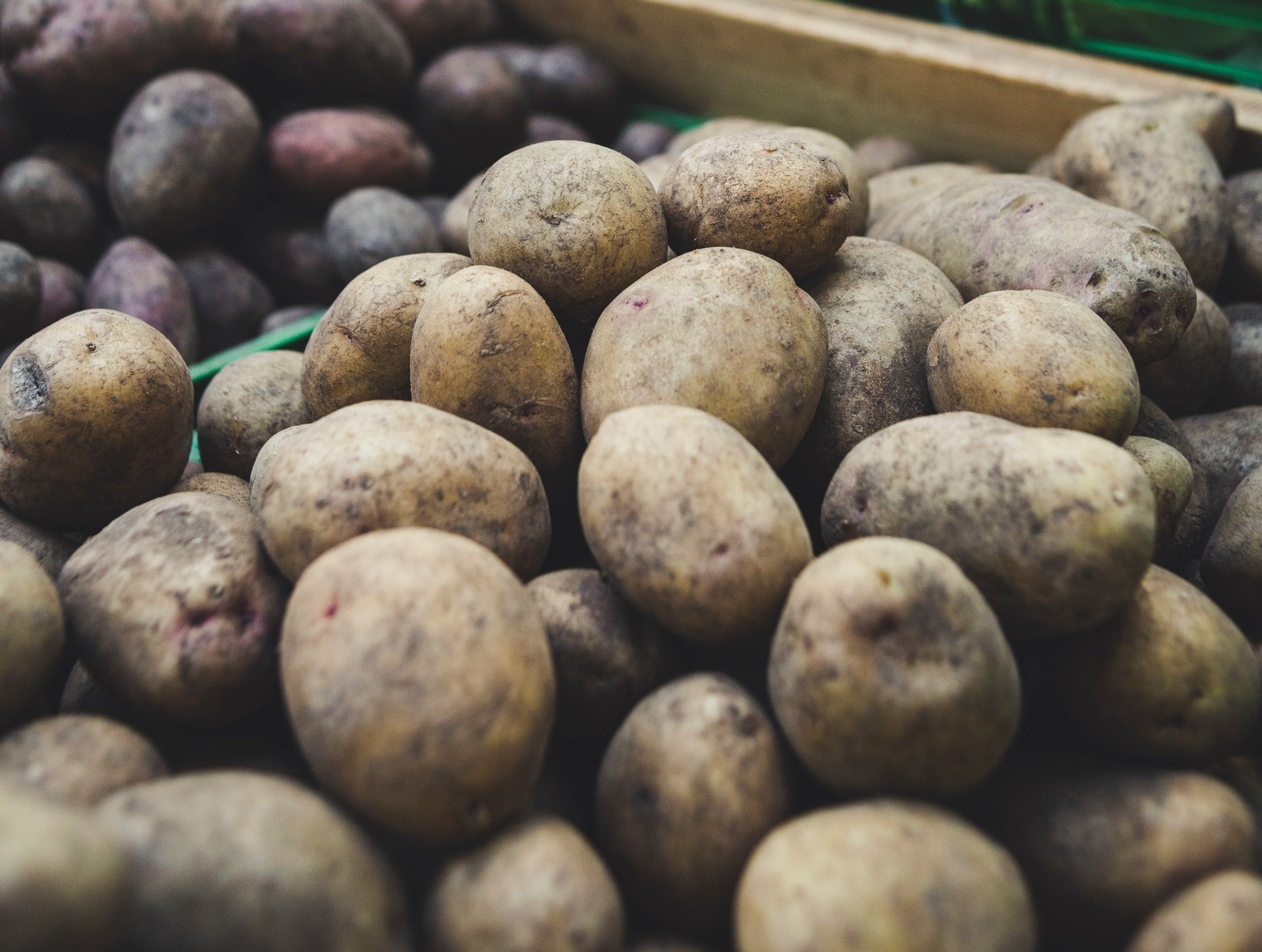The Americas today is extremely diverse in culture, food, traditions, and cuisine. By exploring how and when humans migrated to the Americas and spread throughout the region, a beautiful pattern of ingredients spread across this vast expanse of land and then to the rest of the world.
From the nomadic communities who first travelled across the Bering Strait, to the Eastern Woodland People and the impact of the transatlantic slave trade, the land became dotted with a plethora of wonderful produce. Avocados, tomatoes, potatoes, allspice, black walnuts, and cacao are just a few of the ingredients we enjoy throughout the world. Every ingredient has a journey, every dish has a story, and here is a little introduction to the beginning history of food and cuisine in North America.
The New World is known as one of the last areas in the world to be inhabited by humans. People of Asiatic descent were originally thought to have travelled by land along the Bering Strait (the strait that links the Arctic Ocean and the Bering Sea) in the North. However, the latest anthropological research has revealed humans may have ventured out before this by boat, travelling along the Pacific shore of what is known as the Kelp Highway somewhere around 15,000-20,000 years ago.
Image as above from worldatlas.com
Originally, the people who first migrated to the Americas were isolated nomadic communities living off megafauna and native food plants. Through either climatic changes or human action, the extinction of around 60 megafauna species dramatically changed the diet and lifestyle of these once-hunter-gatherers. Most of their diets suddenly became reliant on agricultural means and they slowly cultivated and hybridised food crops that are found in every cuisine around the world.
Tribes were spread throughout the Americas, and strong communities and civilisations began to form at centralised trade routes. Canada, as we know it today, was covered in ice for some time and most probably was the last part of the Americas to be inhabited by humans.
The Eastern Woodlands People
The Eastern Woodlands People that settled in the North-Eastern part of America as well as those on the West Coast, formed communities that were sophisticated culturally, politically, and socially. Their diets consisted of wild game and many different plant species. Maple syrup was also discovered in this region and today is one of the most popular indigenous ingredients of America that is consumed worldwide.
Eastern Woodlands People. Credit - Unknown
The tribes that moved throughout North and South America were the Cahokia along the Mississippi River, the Incas in the Peruvian Andes, and the Aztecs in Tenochtitlan, Mexico. The varying locations of these tribes depicted the type of food they consumed whether it be seafood (turtles, fish, crustaceans), meat (bison, other game, possum, turkey), nuts, or berries.
One ancient planting system that provided staple ingredients to the Native American diet all year round was called the ‘Milpa’ or ‘Three Sisters’ crop. The trio of plants grown together provided an entire system of replenishing the soil with nitrogen, encouraging plant growth, allowing it to climb as well as providing shade for the soil, keeping it moist and a deterrent for weeds. The three sisters’ crop was found throughout the Americas and the use of corn, bean, and squash was significant to both the North and South American diets.
The ingredients available to the Native Americans were abundant and the fertile earth ensured a luscious, agriculturally forward, yet varied diet, even before European settlement. Native Americans made nutritionally complete dishes, cooking most ingredients by boiling or roasting over an open fire.
Ingredient Origins in the Americas
Below are some of the ingredients that originated in the various regions of the Americas. This produce spread throughout, ensuring a varied and palatable diet.
North America
Jerusalem artichoke, pumpkin, a variety of squash, beans (black turtle, navy pinto, cranberry), black raspberries, blueberries, cranberries, wild rice, black walnut, bison, sunflower seeds, turkey, maple syrup, pecans.
Cranberry Beans. Credit @gabriella.claire
Black Rasperries. Credit @Ulvi Safari
Central America and Mexico
Sweet potatoes, tomatoes, cacao, corn, allspice, avocados, chillies, bell peppers, and vanilla.
South America
Lima beans and other bean varietals, potatoes, tomatoes, sweet potatoes, quinoa, cashew, peanuts, and cassava.
Potatoes. Credit @Markus Spiske
Tomatoes. Credit @Empreinte
Peanuts. Credit @me !
Corn was used extensively in many Native American dishes such as Sofkee (a dried corn porridge) and a simple version of Succotash (a corn and bean dish). The Native Americans ate well due to the wide variety of ingredients available in both the North and the South. A type of bread was made such as cornbread, cornbread with beans, and fry bread. Squash was used in stews and soups, as was fish that was roasted or fried. Cherokee fish and corn mush are dishes that still exist today, as well as altered versions of baked beans.
The indigenous Canadian diet included seal, whale, polar bear, buffalo, caribou, and vegetables. It was extremely high in calories to combat the freezing climate, and many ingredients were harvested, dried, and preserved to be eaten in the long winter months. Pemmican (dried meat and berries), maple syrup, and muktuk (dried whale blubber) were all consumed by the indigenous peoples.
The first Europeans in North America were Norsemen (Vikings) of Greenland, settling for a short period in Newfoundland, about 500 years before Christopher Columbus.
The arrival of the Europeans in the late 15th Century had a dramatic effect both on the native people of the Americas as well as on the environmental and culinary landscape. Crops and animals that were brought from the Old World thrived in the New World and vice versa. It was not only the transference of ingredients that changed American cuisine, it was also the people, commodities, and technology that contributed greatly to its evolution.
Soon after the arrival of Christoper Columbus in 1492, the Columbian Exchange was established. It was a global transference of plants, animals, people, technology, and disease between the Old World and the New World and not only impacted the countries directly involved but the whole world both positively and negatively. It changed the people, the landscape, and the climate of the Americas.
The Colombian Exchange. Credit @reconcilliationsofnations.com
Native crops of the Americas such as corn, tomatoes, cassava, potatoes, cacao, and chillies were important ingredients within the exchange and have become staples in many global cuisines of today.
Some of the European crops that were brought over from the Old World such as wheat, rice, spices, citrus, and bananas, thrived and redesigned many dishes and cuisines of the Natives. Unfortunately, with so much movement of crops, animals, and people between the old and new world, diseases were rife. The Native Americans had never been exposed to viruses or bacteria such as smallpox, typhus, measles, whooping cough, chicken pox, bubonic plague, or cholera. The transference of these diseases was carried through humans and animals and as a result, rapidly diminished the Native American population by around 80-90 percent within the first 150 years.
The first Dutch colony of America was established in 1624. It was known as New Amsterdam which is the area where New York City sits today. Small parts of Connecticut, Long Island, and New Jersey were also included as part of the New Netherlands, however, it eventually was taken over by the British and became one of the 13 colonies. These British Colonies remained quite traditional in the dishes they cooked, which were typically either boiled or fried. The game was popular and used to make soups, stews, or even preserved or dried, animal fat was used for cooking and corn was an ingredient commonly used. Colonies close to the ocean enjoyed a diet rich in fish and Crustaceans.
New France, was the first colonisation of the French in North America and reflected traditional French fare with eh adaption of climate, availability of ingredients, the necessity to be resourceful, and the hardship of colonial life. As New France was eventually succeeded by British rule, the cuisine became heavily influenced by the English and Irish styles of cooking. Salt-cured meats, and seafood such as mussels, trout, salmon, lobsters, and eel were popular and abundant.
As the Native American population reduced dramatically due to the rapid spread of disease by the Europeans, the fertile expansive land of the New World required more labour for the agricultural industry to flourish. There was a growing need for workers to be placed on commodity plantations, in particular the sugar cane fields, an old-world crop that flourished in the fertile land of America.
Slave Trade
The Atlantic Slave Trade, the largest involuntary migration in history, was the importation of over twelve million African slaves to the New World from the 16th - 19th Century. Most slaves were sent to work in South America and the Caribbean, while only 5% were exported to North America. The slaves in North America worked mainly in the South as labourers on large plantations (cotton, rice, tobacco), small farms, domestic workers (cooks, servants, carers), and drivers.
The Slave Trade. Credit @thelibraryofcongress
Cooks of the household were on call every hour of every day, feeding the household, guests that would drop by, as well as the workers of the house and property. Southern Cuisine began in the kitchens of these enslaved Africans and has evolved to be a historically rich and significant cuisine in America.
Corn was used heavily used in Southern cooking and can be used to make a variety of dishes such as cornbread, grits, dumplings, and even alcohol. Small game meats and innards (chitterlings) were common as well as beef and pork. Other notable ingredients such as Okra, beans, cayenne peppers, and rice also reflected African cooking. Food was still cooked over open fires, or boiled and fried.
The cuisine of North America has evolved from simple British cooking and ingredients to an abundant culturally rich one, comprising of dishes that each have their place in time. Each dish or ingredient tells a story of immigration patterns, native food cultures, human adversity and the crossing of cultures from all over the world. The colonisation of America has also blended a variety of cooking techniques that still exist today including grilling meats over an open fire, spit-roasting and cooking root vegetables directly over ashes.













